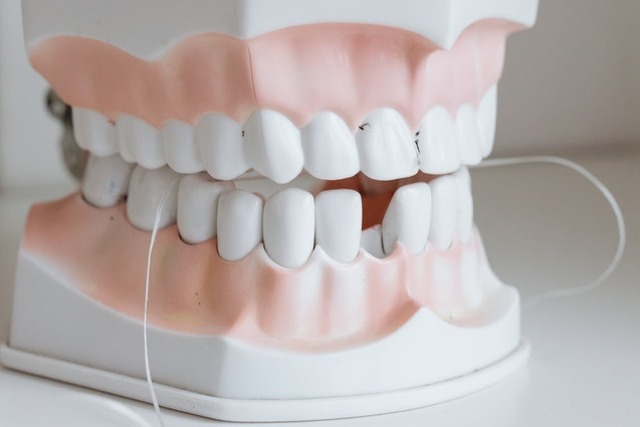At World of Dentistry, we advise using an interdental cleaning every day to wipe between the teeth (like floss). Cleaning the spaces between the teeth might help you avoid fractures and periodontitis. Plaque, a thick film that forms between the teeth, can be removed by wiping between the teeth. Plaque is made up of microorganisms that live on food scraps or glucose in the mouth. When this occurs, acidic acid is released, which chips away at the upper shell of your teeth, causing caries.
If plaque is not eliminated by rinsing between the teeth, it can solidify into tart, a tough material (or calculus). Tartar builds up along the gingival margin, causing dental problems. Only a doctor can eliminate calculus once it has formed.
Is it better to floss your teeth before or after brushing your teeth?
The most crucial aspect of flossing your teeth is that you do it. It doesn't matter when you finish as long as you perform a comprehensive job. Choose a moment during the day because you can commit a few minutes longer to your oral hygiene. Polishing between the teeth early in the morning or even after lunch can help people that are too weary at the end of each day. Others may like to sleep with a fresh palate.
Also, don't forget that children's mouths need to be flossed as well! Commence as early as your child's two front teeth touch. Since cleaning between teeth necessitates more hand skill than very young kids possess, youngsters are frequently unable to do so until they are 10 or 11 years old.
It's important to remember that brushing between your teeth shouldn't be uncomfortable. You risk damaging the mucosa behind the teeth if you push yourself too aggressively. You may not have been able to get the material out if you're too cautious. It's natural to feel a little uneasy when you first begin, but don't quit. After a week or two, with daily cleaning and flossing your teeth, the soreness should subside. If you are still in pain, consult your dentist.
5 Steps to Perfect Flossing
Although we all know we must floss at minimum once every day, not everybody knows how to do it properly. Learn how to floss your teeth correctly with this step-by-step handbook:
● Cut a piece of floss about 18 inches long and wrap it on one of your fingers. Wrap the leftover floss all around the other hand's identical finger. As the floss gets soiled, this hand will pick it up.
● Tightly grip the floss between the thumbs and thumb and index finger.
● Using a gently rubbing motion, slide the floss into the teeth. Do not break the floss into the gums.
● Curl the floss into a C form against one molar when it approaches the inflamed gums. Slide it into the gap here between the gum and the teeth with care.
● Maintain a firm grip on the floss against the teeth. Move the floss out from the gums with ascending and descending motions, softly rubbing the surface of the tooth. Carry on with this procedure for the remaining of the teeth. Remember to brush the backside from your last tooth as well.
● Toss the floss aside when you're done. A strand of floss that has been used will not be as helpful and may leave oral bacteria.
In conclusion:
Simply brushing your teeth will not be enough. Flossing regularly is extremely important if you want to maintain the right oral hygiene. Consult us at World of Dentistry to determine which dental care solutions are most helpful for you.
